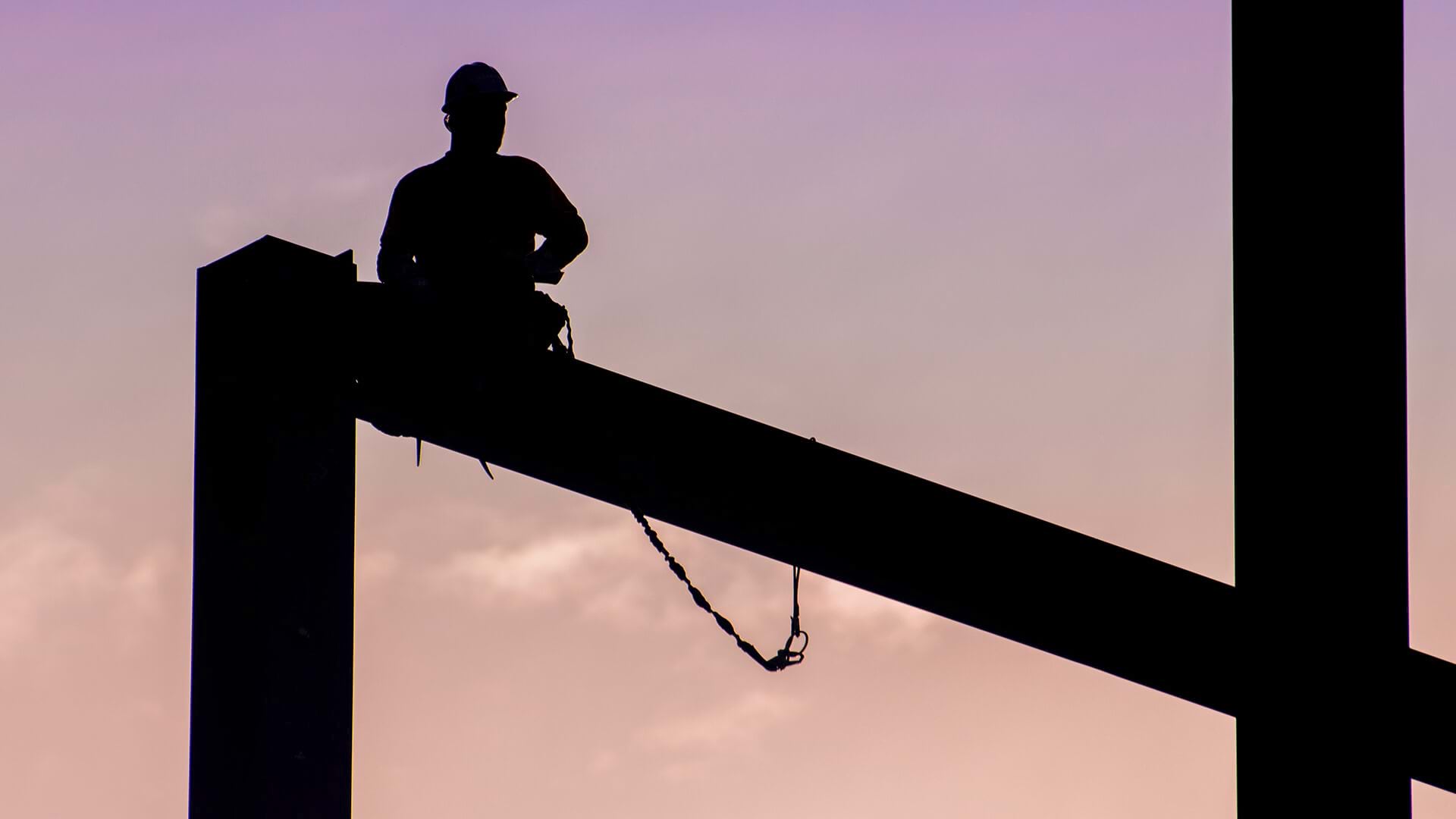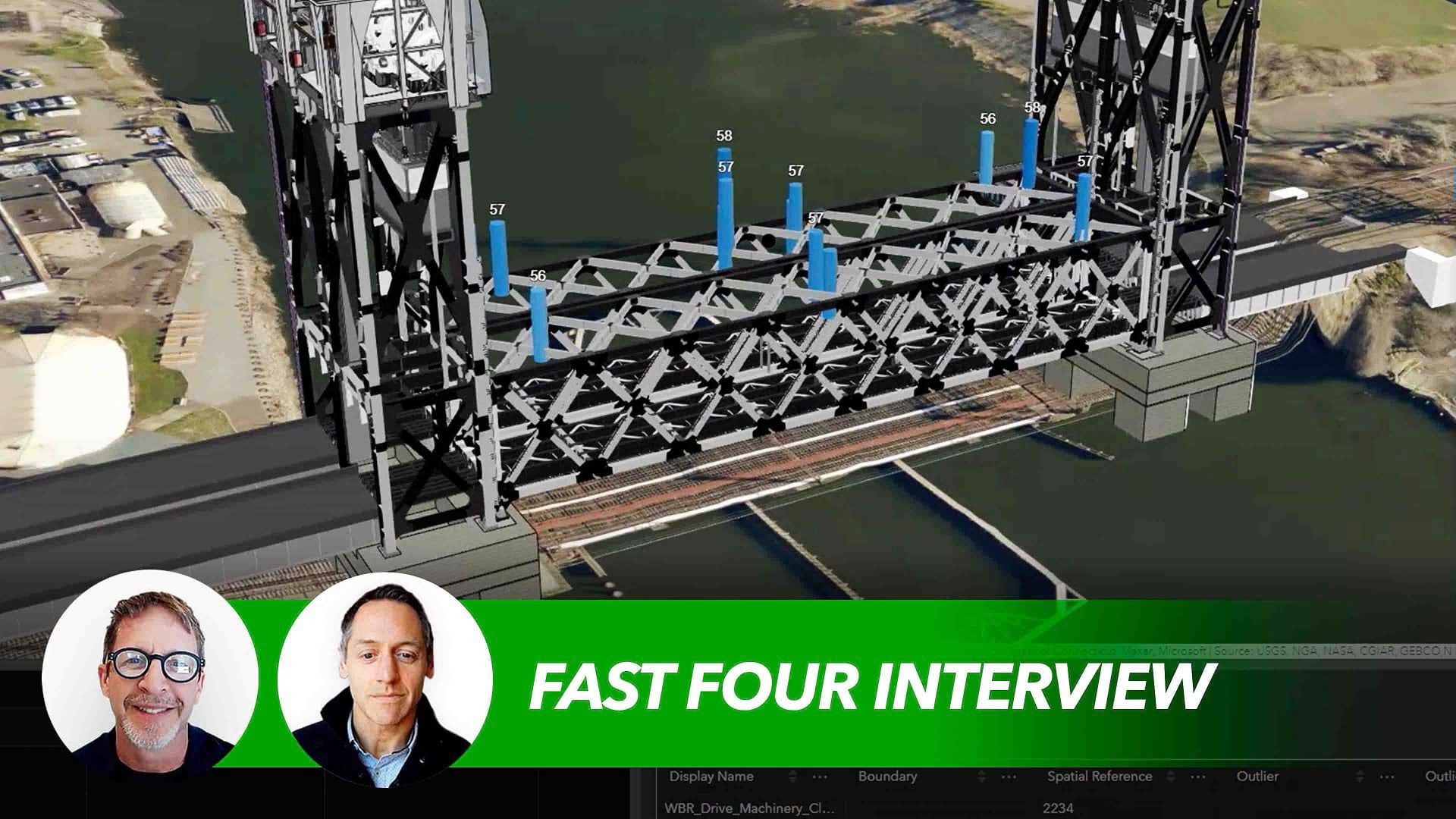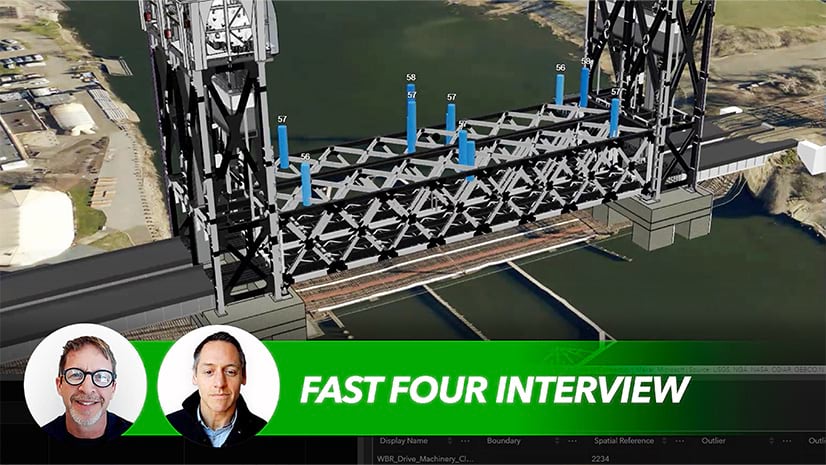For building owners and companies that operate urban quick-service restaurants, bank branches, offices, and other establishments, a silent hazard may be forming underground.
A subterranean force that some are calling underground climate change could lead to cracks in foundations and warped subterranean infrastructure like train tracks. So says a civil and environmental engineering researcher at Northwestern University, who studied conditions in the Chicago Loop business district. After gathering data from a network of 150 underground sensors, the researcher is raising an alarm about the possible effects of rising subsurface temperatures on parking garages, building basements, and train tunnels, Bloomberg News reports.
Business leaders investing in and occupying these buildings want to know that they won’t suffer disruptions and maintenance issues such as water penetrating the foundation. Geographic awareness will be key for businesses and researchers monitoring these conditions.
A Virtual View of Subterranean Infrastructure
Peering belowground without breaking asphalt or displacing dirt is made possible through a combination of geographic information system (GIS) and 3D technologies. The linchpin of such visibility is a database with the precise location of underground assets.
More than six years ago, a cutting-edge water utility in New Jersey paired GIS with augmented reality to visualize the precise placement of subterranean infrastructure, helping workers avoid costly digs and inadvertent strikes. With a hands-free headset projecting a holographic view, workers could pinpoint the location and size of wastewater pipes, communication lines, and other subterranean infrastructure.
More recently, a startup company has been using a combination of ground-penetrating radar and GIS tech to see details of what’s below the surface, identifying whether gas, sewer, and electric lines align with recorded plans.
In light of the new research on underground heat effects, precisely monitoring the location of subterranean infrastructure is increasingly important. As building projects continue at a rapid pace worldwide, there’s an opportunity to incorporate more underground knowledge from the start. Architecture, engineering, and construction (AEC) firms can direct the installation of subterranean sensors to monitor changes, visualizing the information through building information modeling (BIM) and GIS software.
The information gathered from these sensors could inform a geographically precise digital twin—a virtual representation of the location and conditions of real-world physical features. If water penetrates a foundation or a pipe warps due to underground heat, the building’s managers would have a clear view of where they need to make repairs.
Ensuring that Subterranean Infrastructure Is Sound
In recent years, a proliferation of aerial imagery—delivered at low cost from satellites, airplanes, and drones—has revealed changes to conditions on the earth’s surface. With affordable sensor technology, the same could be possible for underground views, showing shifts and changes to subterranean systems.
As utility companies can attest, virtual views of underground pipes and wires can aid strategic planning, boost safety, and yield cost savings. Similarly, property owners and tenants facing underground climate change could rely on subterranean sensors, monitored in GIS, to alert them if cracks begin to form.











